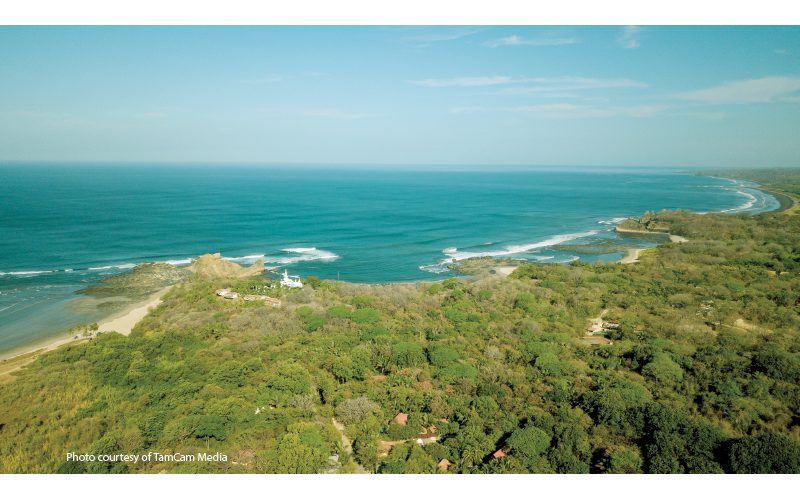Costa Rica has stunning coastlines, is a hotspot for property seekers from all over the world. Among the different types of properties available, concessions property stands out, especially along the breathtaking coastlines. But what does it mean to own a concession property in Costa Rica, and what should you consider before signing on the dotted line?
First off, let’s unravel the concept of concession property. In Costa Rica, the majority of beachfront land falls into this category. It’s a bit like leasing rather than owning outright. The government maintains ownership of the land, but grants individuals or entities the right to use it for a specified period, typically ranging from 20 to 99 years. Think of it as a long-term rental from the state, especially in the Maritime Zone, which covers the first 200 meters from the high-tide line along the coasts.
Now, let’s talk location, location, location! The first 50 meters from the high tide are public and untouchable — no private development here. The next 150 meters is where concession properties come into play. This zone is a mix of residential, commercial, and tourism-focused properties, making it an exciting but complex area for investment.
So, what’s the appeal? Concession properties often offer stunning ocean views and direct beach access, which is a dream for many. Plus, they’re usually more affordable than fully owned properties. However, it’s not all sunshine and piña coladas. There are some crucial considerations and risks involved.
Firstly, the process of obtaining and maintaining a concession can be intricate. It involves a bunch of paperwork and compliance with specific local municipality regulations. You’ll need to keep a sharp eye on the concession’s expiration date and renewal conditions to avoid any surprises.
Secondly, foreign ownership restrictions add another layer to the mix. If you’re not a resident of Costa Rica, there are limitations on the percentage of a concession you can own. This means you might need to jump into a partnership with a local or a legal entity.
Thirdly, environmental regulations in Costa Rica are stringent, especially in coastal areas. You’ll need to be mindful of these when developing or altering any property. It’s all about preserving the natural beauty that makes Costa Rica so special.
And let’s not forget the financial aspect. Concessions often require an annual fee, and there’s always the potential for changes in government policies that could affect your rights or the property’s value.
In summary, owning a concession property in Costa Rica offers a unique opportunity to be close to nature’s marvels, but it comes with a unique set of challenges and considerations. It’s crucial to do thorough research, seek expert advice, and go in with a clear understanding of the legal and environmental landscape. With the right approach, a concession property in Costa Rica can be a slice of paradise, but it’s essential to navigate these waters with care and knowledge.
For more insights into the nuances of Costa Rican living and real estate, keep up with #howlermag and #howlermagazine. We’ve got the scoop on everything Costa Rica, from the pristine beaches to the bustling city life. 🌴🌊🦜






